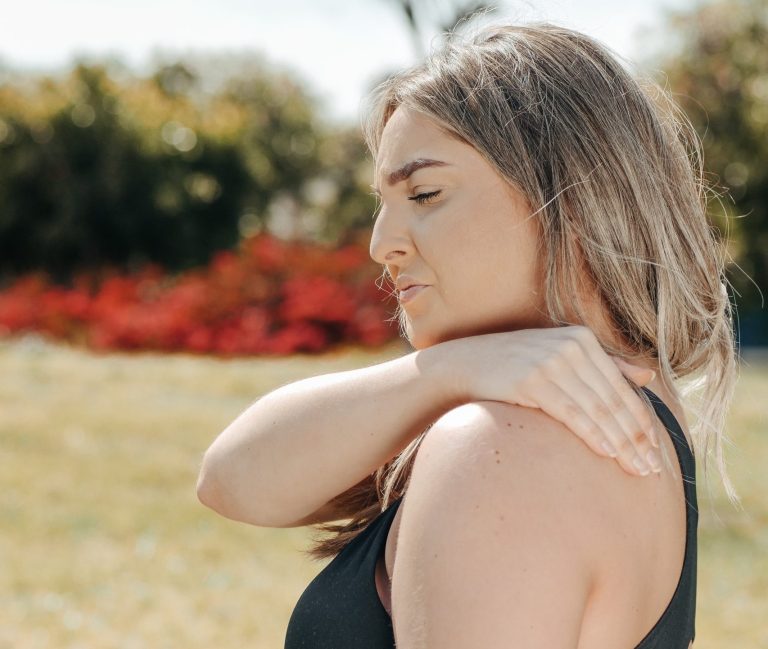Treatments
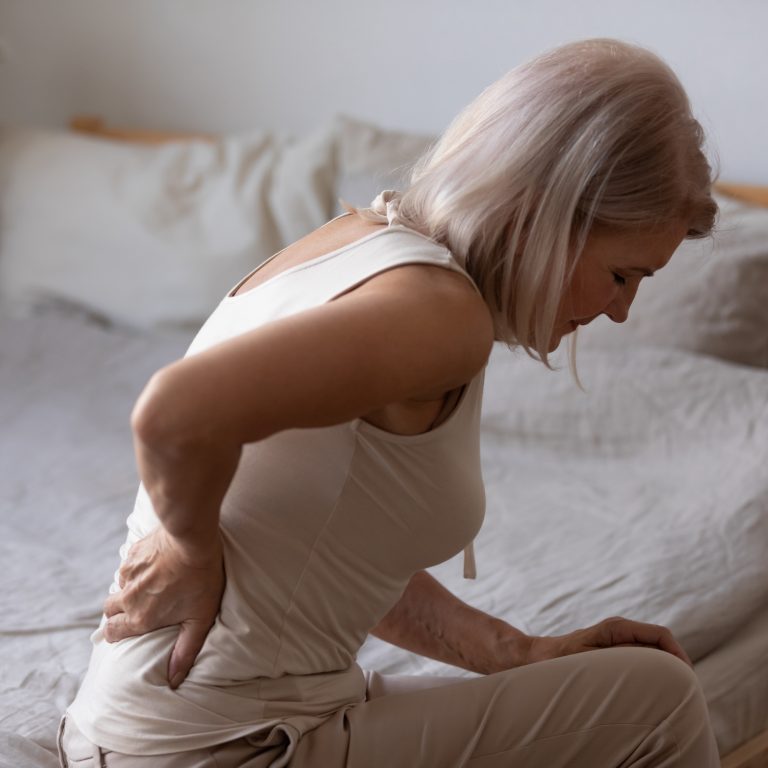

Lower back pain
Low back pain can be acute – of recent onset – or chronic (or persistent) – when it has been around for longer than 5 months. An acute episode of low back pain can be very frightening and disabling and often occurs suddenly as we make a normal everyday movement. When we are experiencing this level of pain and disability it is hard not to imagine that something serious has happened to our low back – a disc is bulging, a ligament or joint is inflamed, a nerve is being pinched. These things are causes of low back pain but in the majority of cases of low back pain there is no damage and no need for an x-ray or scan. An osteopath or physiotherapist will quickly assess whether imaging is required or whether you are safe to commence manual and movement therapy. Sometimes catastrophic pain can turn around incredibly quickly but it is important to have realistic expectations as your recovery will depend on a multitude of factors – mechanical, psychological and social – that are specific to you. All of these factors will be considered in agreeing a treatment solution with you
Upper back pain
As with low back pain upper back pain can be acute or chronic, but it tends to present as a less disabling but no less painful episode when it is of sudden or recent onset. Because the rib cage and diaphragm attach to the (thoracic) spine it can sometimes also feel hard to get air in or painful to take a deep breath. There are many and varied potential contributors to upper back pain: posture, shoulder strength and mobility, a tight tense neck sitting on top of it, and importantly – because the way it moves is so intimately related to the breath – psychological factors such as stress and anxiety. Identifying all possible contributors to your painful and stiff upper back will ensure that you have a comprehensive recovery strategy and will be better able to make changes and modifications to your lifestyle that will help you to self-manage and resolve your symptoms.
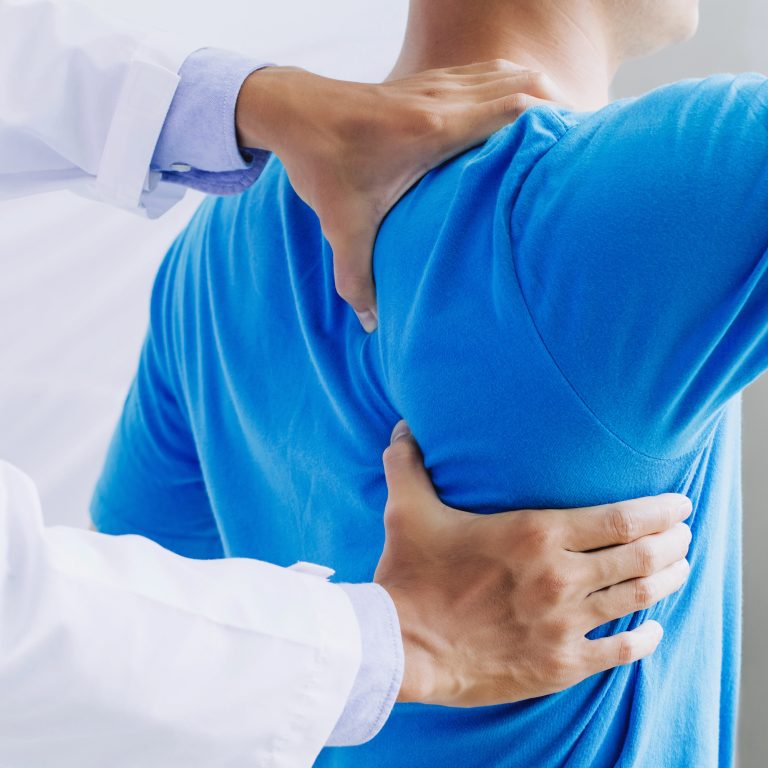

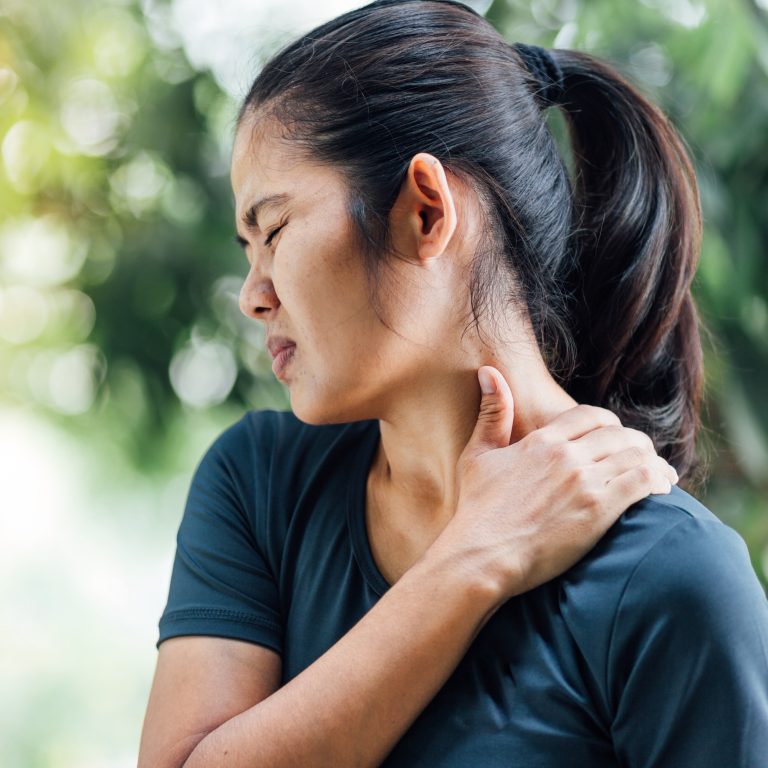

Shoulder pain
Shoulder pain can present in many different ways from stiff and painful conditions like frozen shoulder and tendon or joint degeneration, to weak and painful shoulders. The latter makes up the majority of shoulder presentations that we see in clinic. The pain distribution can be variable but generally there is a nagging ache in either the upper arm, top of the shoulder, around the shoulder blade – or any combination of these.
It is important to differentiate between different shoulder conditions as the approach taken to rehabilitating the shoulder will be depend on the category of shoulder issue that you have.
In addition to working directly on the shoulder, the osteopath considers how the function of other parts of the body impact on the shoulder’s function and will work comprehensively with both hands-on manual techniques and movement and exercise therapy.
Tennis elbow (lateral epicondylitis)
The most common elbow presentation is tennis elbow in which the tendons of the forearm muscles attaching to the bone on the outside of the elbow becomes inflamed – sometimes with microtears – due to overuse or lack of preparedness for a new activity. Although it takes its name because tennis players are often affected it can affect anyone using repetitive or vigorous movements of the forearm and wrist. An osteopath will assess whether other more proximal joints are contributing to the stress at the elbow – particularly the shoulder and upper back – and will give specific exercises to strengthen local muscles and more distant muscles. Use of a brace or sport tape, and modifications to work set-up, posture, or sporting technique or equipment will also be considered.
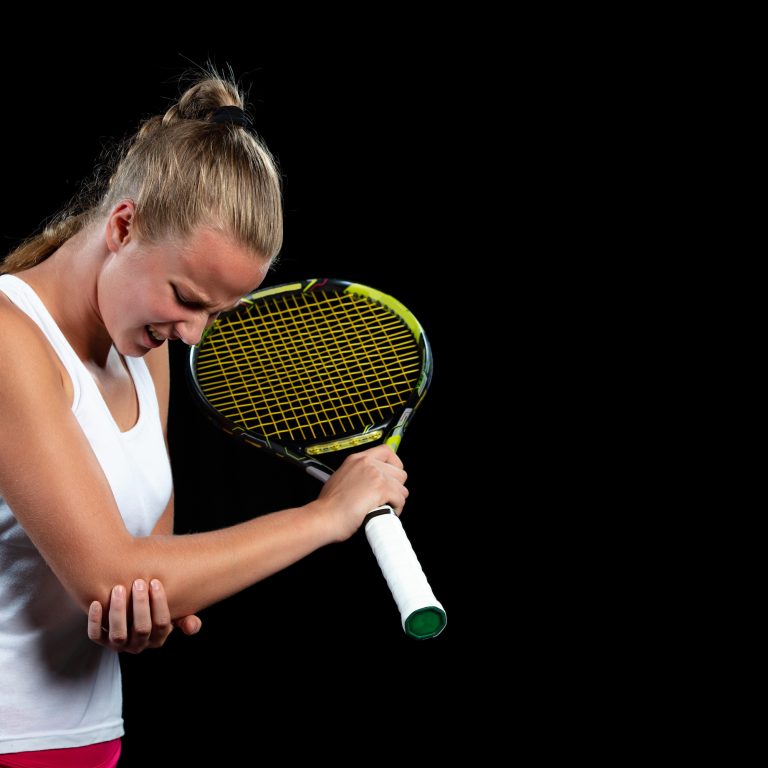

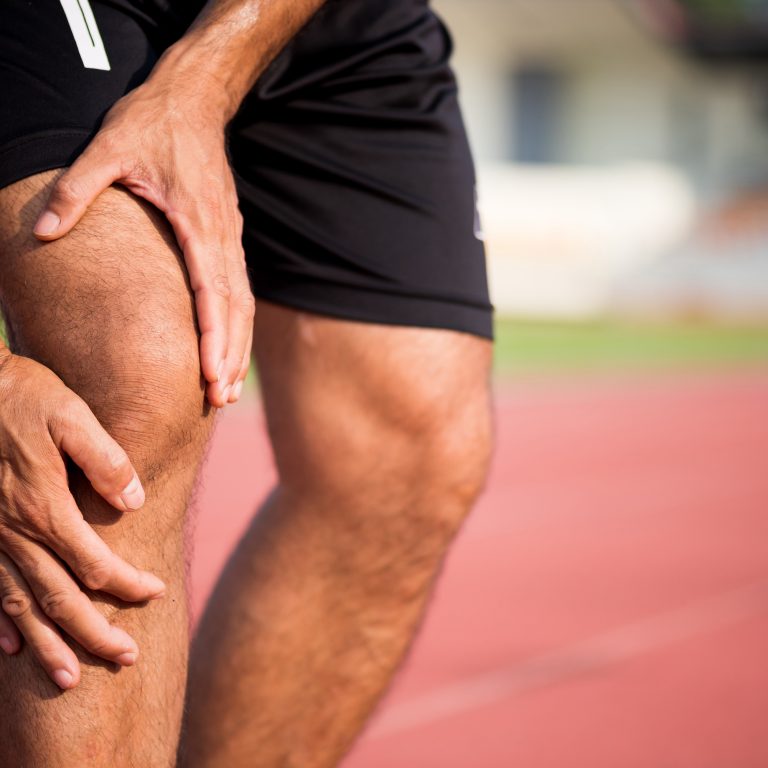

Knee pain
While in some ways a simple joint that mostly bends and straightens the knee is subject to considerable stresses – finding itself as it does at the end of two long levers the tibia (shin bone) and the femur (thigh bone). The knee is commonly injured during sporting activities and often becomes sensitive when we increase demands on it when increasing physical exercise such as in running or squatting. I often hear from patients that they stopped doing a particular sport because of their knees which I always think is a shame because often with the right exercises, right dosage of exercise, help from other parts of the body – hip, foot and ankle especially – and changes to shoes or insoles, we can often overcome knee pain and/or build up its tolerance to the new activity so that any residual discomfort is very manageable.
Hip pain
True hip joint pain is felt largely in the groin, but we tend to refer to pain around the back and side of the pelvis, where the large hip musculature comprising the gluteal muscles sit, as hip pain. These muscles are the body’s powerhouse; they sit between the upper body and lower body and have a big influence on the function of both. This area is also a common source of symptoms, that generally arise when this musculature is feeling stressed. Symptoms can extend into the low back, be hard to localise, and can range from a mild nagging pain to quite disabling. It is quite common to worry that we have a problem with the hip joint itself when we are subject to these symptoms but it is rarely the case. Of course the hip joint is a joint that is commonly affected by osteoarthritis and whether further investigations by way of imaging is necessary is can be determined by way of a thorough assessment by an osteopath or physiotherapist.
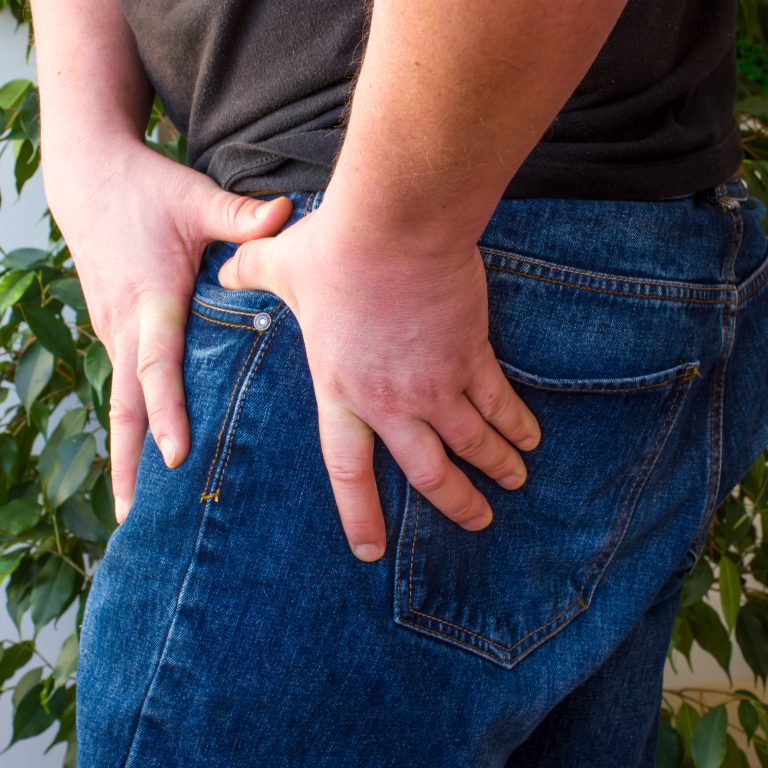

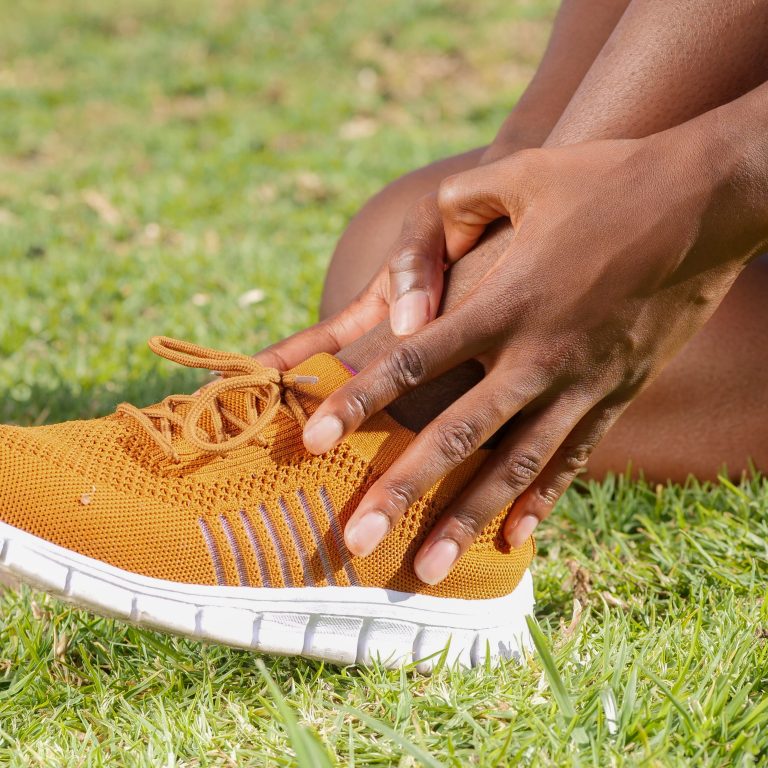

The Ankle
Tendon issues: The ankle and foot are subject to tendon issues that affect the inside and outside of the ankle and at the heel and lower calf (the Achilles tendon). Tendons often become symptomatic when we increase training but can also start to affect us with no change in our daily or sporting regime. Tendons become stressed when loads exceed their capacity to manage them. In addition to ensuring that joints and muscles further up the body – hip – trunk are not limiting the tendon’s ability to load optimally, it is generally necessary to strengthen the tendon and muscle it attaches to and modify training regimes.
Ankle sprains: Ankle sprains are amenable to treatment even in the hours and days after injury. It is always a good idea to get an ankle sprain checked out by a physical therapist, as failure to rehabilitate it satisfactorily can mean that instability or subtle residual limitation could cause problems down the line – even many years later.
Wedges and insoles can again be useful adjuncts to treatment, when necessary, for a range of foot, ankle, lower leg and knee presentations.
The Foot
Hallux abductus: Hallux abductus is an adaptation of the forefoot in which the metatarsal on the medial border of the foot deviates medially and the big toe deviates laterally. It is an adaptation in response to forces accumulating at the metatarsophalangeal joint and can be painful and make wearing some footwear difficult. In its early stages treatment interventions can be useful in stopping it in its tracks. An insole or support (wedge) of some sort will usually be very effective in combination with exercise therapy.
Plantar fasciitis: The plantar fascia on the sole of the foot is like an elastic spring. It gets loaded with potential energy when we roll forward on the foot during walking and running. The flexibility of our big toe, ankle and calf are important in allowing the elastic spring to load efficiently. Limitations in these joints and others and previous ligament injury around the ankle are usual suspect when the plantar fascia is painful. Often we need targeted exercises to create greater stability, flexibility and strength. Wedges or insoles can also be useful and are sometimes only needed in the short term to give relief.
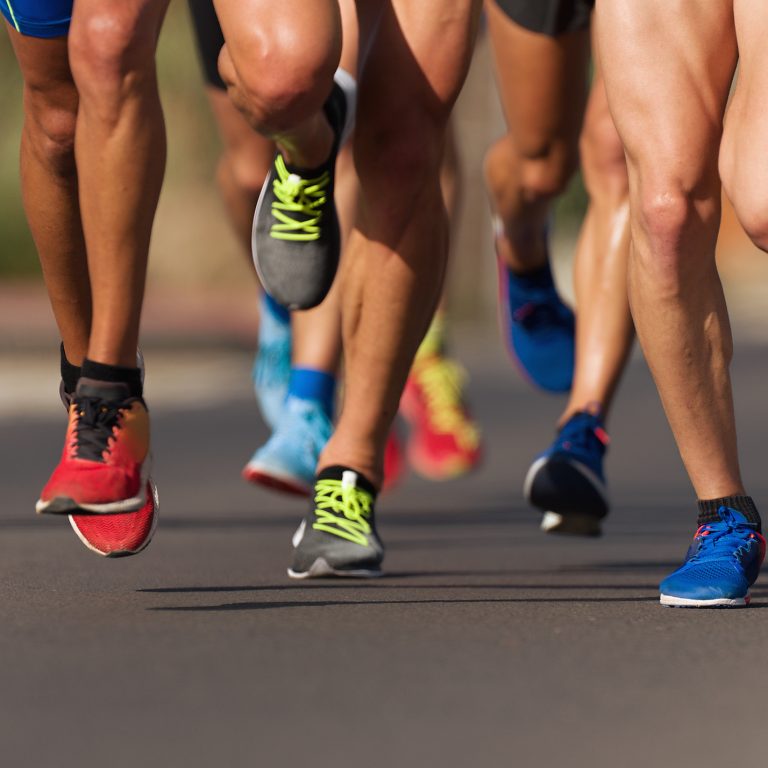

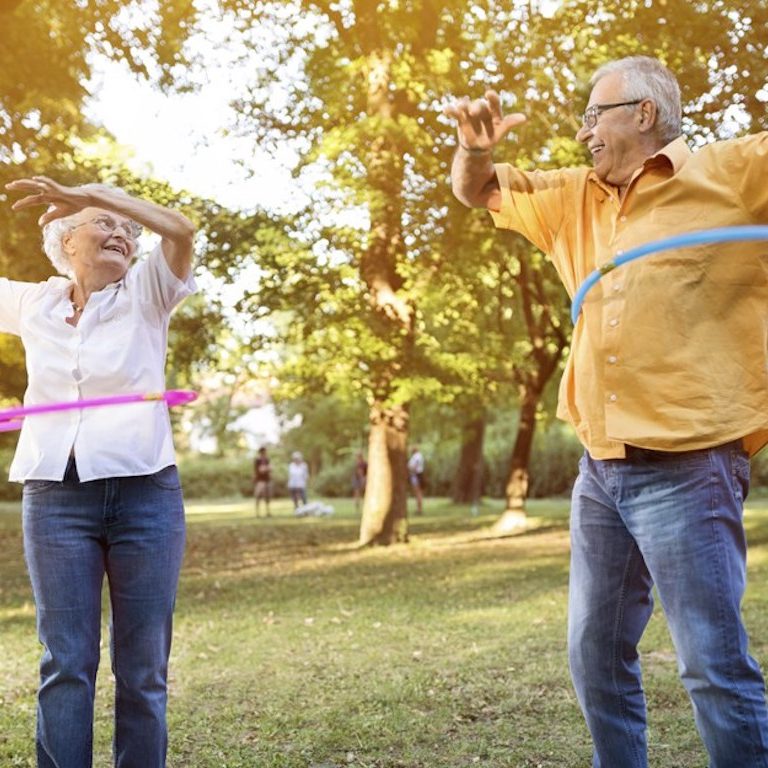

Arthritic conditions
Osteoarthritis is a degenerative condition in which there are changes to the joint concerned – thinning of cartilage, expansion of the bony surfaces of the joint, thickening of the capsule surrounding the joint – in response to stresses on it. In that respect, we deal with arthritic joints in much the same way as we would any symptomatic joint: reduce stress on it by making the joints directly above and below function optimally and strengthen locally and comprehensively. Research shows that pain due to loading joints (which could mean walking more in the case of an arthritic knee) considerably lessons pain after 6 months.
Persistent pain
Persistent, or chronic pain, is defined as pain that has continued for more than twelve weeks despite medication or treatment. Often pain has been going on for far longer before patients find the right help with it. The duration of persistent pain generally results in changes in the way our nervous system processes information passed between parts of the body and the central nervous system comprising the spinal cord and brain. If we think of pain as an alarm that goes off when parts of the body sense threat, with persistent pain the alarm becomes too sensitive and fires off too easily. If we think of our central nervous system as a triage system that decides if the alarm is important enough to be responded to, that system also becomes jittery and passes too many alarm signals higher up to the brain for a response – pain, stiffness, or other symptom.
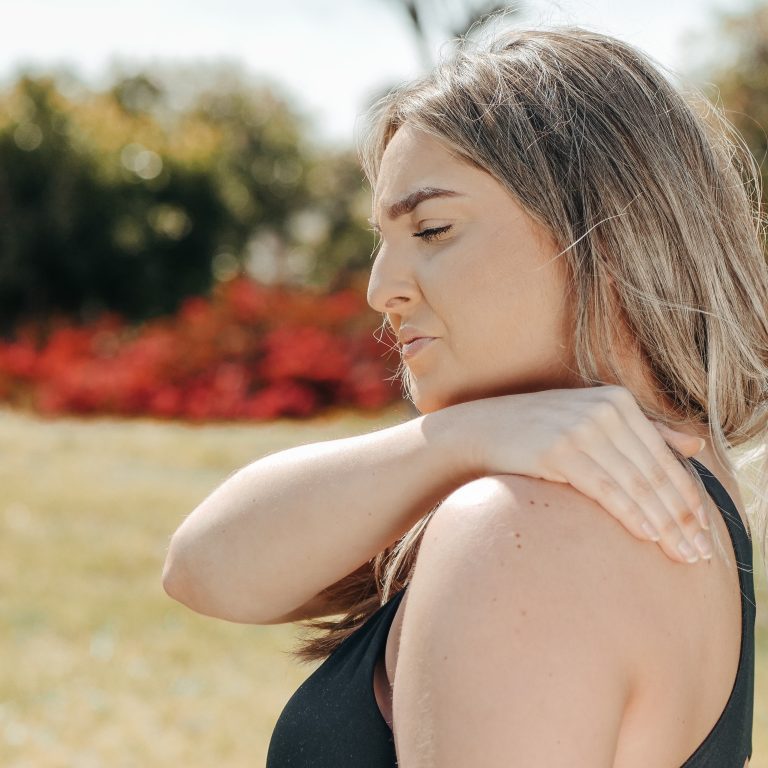

Read more about pain associated with specific areas of the body in the “Treatments for” section.
To book an appointment or if you have any questions you’d like to run by me:


